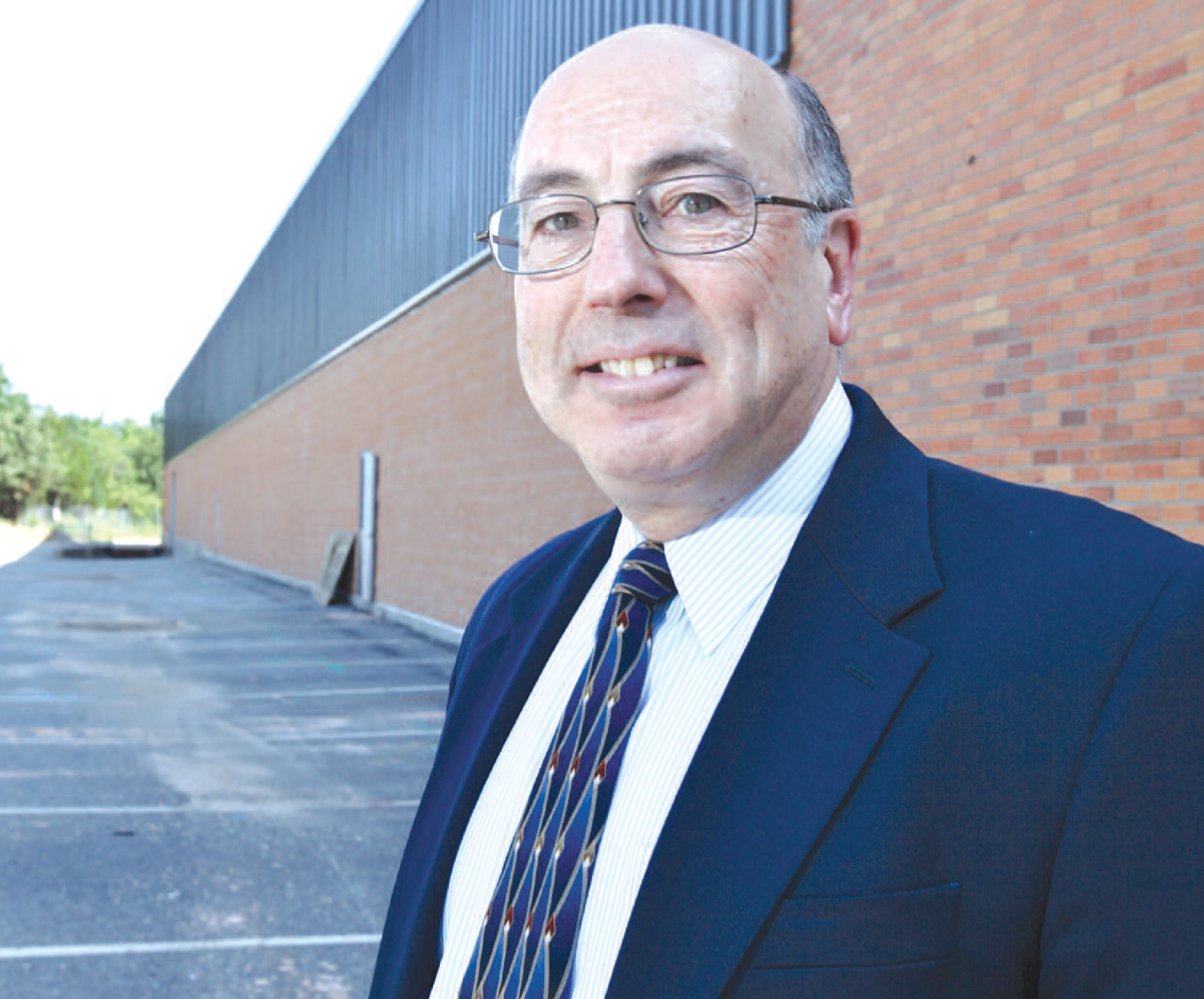Ceilings need to be lifted in many industrial buildings to make them marketable

What was once considered to be adequate ceiling height for industrial properties – 14 to 16 feet – is no longer a selling point for landlords and brokers pushing what many consider to be functionally obsolete buildings. Modern distribution centers, in particular, require high ceilings for maximum efficiency.
Raising the roof on otherwise appropriate buildings has become an increasingly viable option for prospective tenants and building owners who often lament the lack of industrial space on Long Island.
Take Arrow Linen Supply, a family-owned and operated supply company servicing New York, New Jersey and Connecticut, which maintains an existing facility in Brooklyn and was recently looking to acquire a building on Long Island. While location, size and lot were all important factors in the search for a new facility, ceiling height was critical for the company, which was looking to expand into commercial laundry services, according to Chief Engineer Frank Park. Additional cubic footage, as opposed to square footage, was needed to accommodate the monorail system that is used to move merchandise for processing, he said.
Park was disappointed by the inventory on Long Island.
“A lot of buildings in the Long Island area had low ceilings,” he said. “We couldn’t find a bigger, suitable building to meet our needs.” When a real estate agent suggested purchasing a 72,000-square-foot building with 14-foot ceilings in Garden City and raising a portion of the roof, Park was skeptical. After learning more about the process and evaluating the cost-effectiveness of the project, however, the company got on board.
For more than 25 years, Space Technology Inc. of Uniondale has been lifting roofs intact on industrial buildings, using a patented “E-Z Riser” process. While the company has added millions of cubic feet to buildings across the country, the Northeast is its most fertile area due to real estate values that warrant the process, according to Jeff Allen, president.
Benefits to the procedure include avoiding increased taxes, land and parking requirements; and providing a green solution by elevating an existing structure as opposed to the “environmentally unsound” option of demolishing a facility, carting away all of the debris, and then rebuilding it, Allen said.
“We take exactly what’s there, lift up the vertical supports and everything else goes up for the ride,” Allen said, noting decking, insulation, roofing, lighting, heating, sprinklers and roof-mounted equipment are all able to remain intact. And, in most situations, the lift is done while the building is occupied.
While cost varies greatly based on building characteristics – from $5 a square foot to $25 a square foot, according to Allen – the price per square foot generally drops as the building gets larger. Space Technology has lifted ceilings for 5,000-square-foot buildings to 400,000-square-foot facilities, he said. However, he added, it rarely pays to raise the roof on a building smaller than 5,000 square feet.
Over the last 20 years, Space Technology has raised the roof for three NBTY storage and warehousing facilities on Long Island. The Ronkonkoma-based manufacturer of vitamin supplements and nutrition bars maintains 14 facilities and has 2,600 employees on Long Island. Irwin Silverman, director of construction and facilities, said the company first considered lifting a ceiling as a way to “reduce our footprint and yield more concentrated use of our buildings.” It was also a more cost-effective solution than adding onto or building a new facility, he said.
“The main advantage of raising a roof as opposed to pushing out the back of the building is that it costs 25 percent of what it would cost to add onto the building,” said Jeff Schwartzberg, a broker with Colliers International in Lake Success. Putting an extension on a building would likely cost $70 to $80 a square foot, he said. “It’s economics.”
Additionally, few buildings on Long Island have extra, available land, he said. Lifting the ceiling often increases the efficiency of warehouse workers, who can pack twice as much product without having to move a forklift. While not every type of product can be stacked up to 20 feet, “for those who can use the height, there’s no question it’s better to do higher cubes,” Schwartzberg said.
“[Lifting the ceiling] provides another option for people to do something different with their industrial building,” Davis said. When companies calculate the cost per square foot (Davis Construction charges $15 per square foot to raise a ceiling) against the value of what the property will be with more usable space, it generally makes sense economically, he said.
Higher ceilings are also a draw for landlords, who are able to attract more tenants, Schwartzberg said. He estimates in one-third of situations, ceiling height is the single factor influencing whether or not clients are interested in a property.
If two buildings are similar, side-by side in the same location, and the only difference is a 14-foot ceiling vs. an 18-foot one, “nine out of 10 customers will choose the building with an 18-foot ceiling.
“It’s very rare someone will say, ‘The ceilings are too high,’ ‘The lights are too high’ or ‘The utilities will cost me a fortune,’” he said.
All Rights Reserved
